World Handicrafts Day opportunity to honor Iranian artists

June 10 marks World Handicrafts Day, an occasion commemorating attractive objects made by hardworking men and women in all countries.
Millions of people around the world are involved in the making of creative works, known as handicrafts.
The handicraft sector provides employment opportunities for young artists and promotes economic development in targeted societies.
The handicraft industry has been receiving growing attention in many countries in recent years.
Following the Second World War, many developed and industrial countries grew fond of the handicrafts and traditional art of the nations with ancient civilizations.
The first edition of an international conference on handicrafts was held in New York on June 10, 1964, attended by government officials, university professors, artisans, and craftspersons from over 40 countries.
In Iran, more than three million artisans, craftsmen, and craftswomen are engaged in some 300 fields of traditional art and handicrafts making.
Handicrafts are matchless and beautiful advertising tools to represent Iran’s cultural heritage.
According to the Iranian Ministry of Cultural Heritage, Tourism and Handicrafts, Iran has the most cities and towns registered with the World Crafts Council (WCC), followed by China with seven, Chile with four, and India with three designated ones.
The WCC-Asia-Pacific Region designated Shiraz, Malayer, Zanjan, and the village of Qasemabad in January 2020, bringing the total number of craft cities and towns in Iran from 10 to 14.

Shiraz has been dubbed “the world city of [various] handicrafts”, and there are a large number of artisans working on handicrafts in the province. The artists of this city, with great talent, create the most engaging works of art including Khatam, Silver objects and dishes, Glassblowing, Felt Alabaster, Ceramic dishes and objects, and Wood carving.
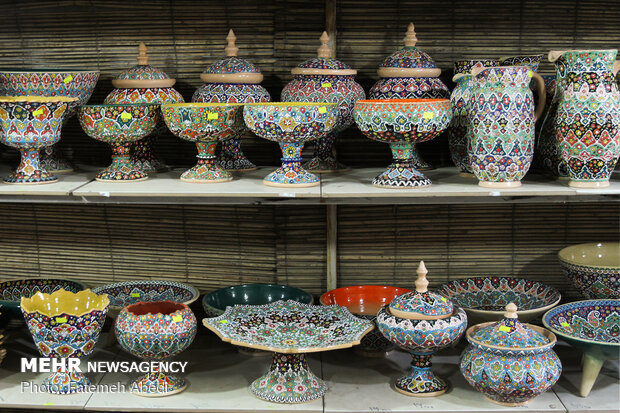
Malayer City in the Hamedan Province of Iran is registered as “The World City of Woodcarving and Wood-carved Furniture” With the approval of the World Crafts Council’s inspectors in 2020.
Most of the Malayer population is engaged in the production of wooden crafts, especially traditional furniture. Artists in the area produce a variety of products, including furniture, dining tables, desks, chairs, beds, and decorative Iranian Monabat items.
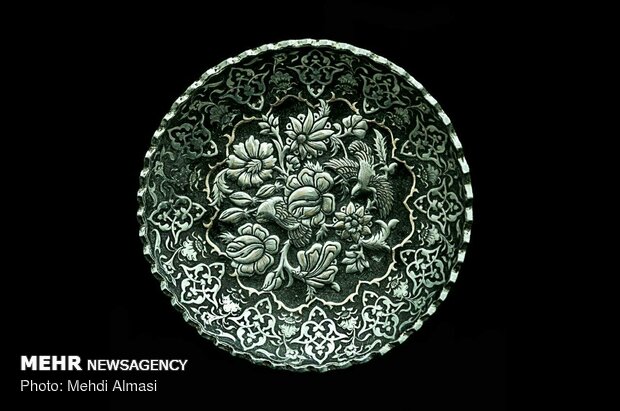
The designation “world city of filigree” was given to Zanjan.
Zanjan province in Iran is famous for its beautiful handicrafts such as knives, and traditional sandals, called charoogh.

Zanjani artists are especially talented in making decorative dishes and their special covers as well as silver jewelry.
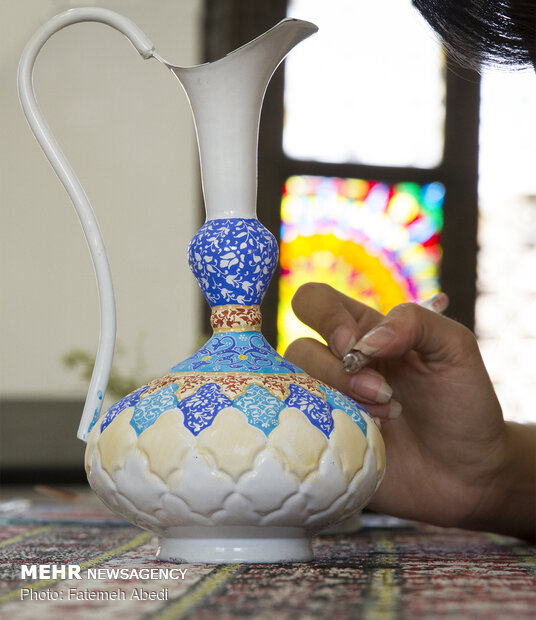
The village of Ghasemabad Village, which is renowned throughout the country for its traditional costumes, was also promoted to a major handicrafts center on an international scale.
The Ghasemabad village was inscribed on the list of UNESCO world cities and villages in January 2020 as the World Village of Chador-Shab Weaving.
Currently, more than 600 women in this village are occupied with this 2000-year-old art. Many centers are active in the education, introduction, and promotion of Chador-Shab weaving art. These centers include the Forum of Innovative Textile, Chador-Shab Weaving workshops, local shops, and the Museum of Chador-Shab Weaving.

For centuries, Isfahan has been a cornerstone of Persian arts and handicrafts. The province of Isfahan is reputed for its handicrafts and can be considered an important sector in this regard.
Since this province is highly favored by tourists, it is an obvious fact that handicrafts play a vital part in this area.
The most important of these are the following: Carpet weaving, brocade weaving, kilim (or a coarse carpet), enamel work, khatam (inlaid work), engraving on metal, silver work, jewellery making, ceramic and tiles and types of sweetmeats, such as ‘gaz’ and ‘souhan’.
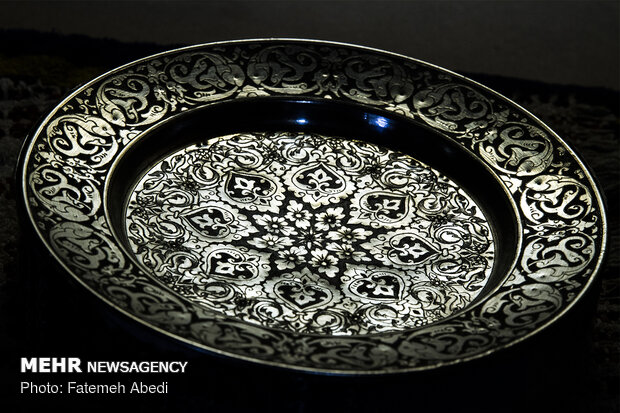
Improvement of the handicraft industry requires a bigger investment. A good and wise investment in the handicraft industry could resolve many economic problems in the country.
The major traditional arts in Iran include carpet weaving, vitreous enamel, toreutics, Khatam art (Persian technique of inlaying), interior decoration with mirrors, kilim (Persian rug) weaving, ceramic tile art, woodturning, and ornament making.
World Handicrafts Day shows its importance among art-loving people around the world.
Naming a day for handicrafts shows the high value of handicrafts of any nation and nationality. Every year, World Handicrafts Day is celebrated in Iran.
Due to the historical and ancient background of Iran, handicrafts have a special place among the Iranians.

There are some 300 handicrafts in Iran. The most famous Iranian handicrafts include kilim, carpet, engraving, glassmaking, inlay work, enamel work, pottery, wood, tapestry embroidery, and so on.
Among the country’s top handicrafts that have received international attention, handmade carpets represent Iran’s cultural and artistic strength in the world.
Hand-woven carpets and kilims have been a symbol of Iran since ancient times, and this popularity has been accepted internationally too.
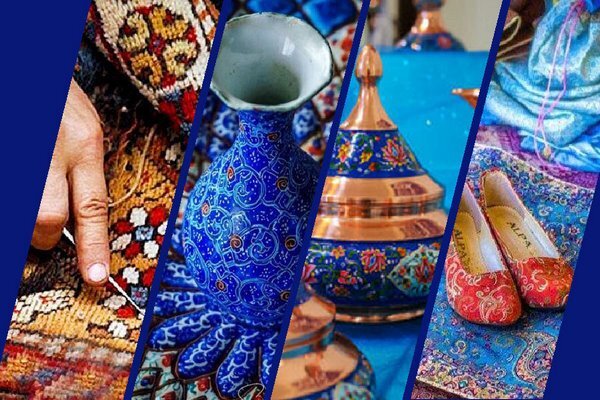
The value of Iran’s handicrafts exports stood at $400 million during the first ten months of the past Iranian calendar year 1401 (Mar. 21, 2022 – Jan. 20, 2023), the deputy tourism minister Maryam Jalali Dehkordi has said.
Compared with the same period a year earlier, the figure represents some 30 percent growth, IRIB quoted Maryam Jalali Dehkordi.
“The Islamic Republic exported $400 million worth of handicrafts during the first ten months of the current year, which shows a 30 percent increase year on year,” she added.
She underlined that Iranian handicrafts have a high capacity for export, which can be realized through the creation of special holding companies.
Iraq, Afghanistan, Germany, the United States, and the coastal states of the Persian Gulf are among the countries that traditionally import ceramics, porcelain, hand-woven clothing, personal jewellery, and semi-precious stones from Iran.
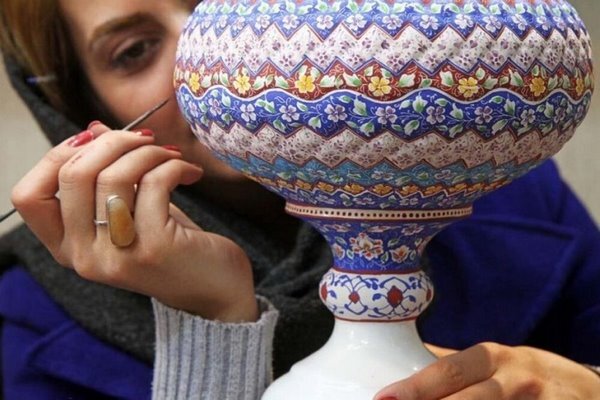
The handicraft sector is one of the promising and productive bodies in the Iranian economy which is directly related to the foreign capital inflow to the Iranian economy and is considered as an effective source of foreign exchange earnings.
Handicrafts promote the heritage of a country through the use of indigenous materials. Handicrafts are the expression of the history and culture of a country; so, governments must encourage artists to continue craft production to help to boom the industry.
Pieces of evidence have shown the growing foreign markets for Iranian handicrafts as the country has gained export competitiveness in the international market.
Iran is among the three global handicraft powers that lead the industry in the world. It has national and international experiences in this regard and has enjoyed first place in having global handicraft cities and villages in the world.
Reported by Amin Mohammadzadegan Khoyi
source: en.mehrnews.com





